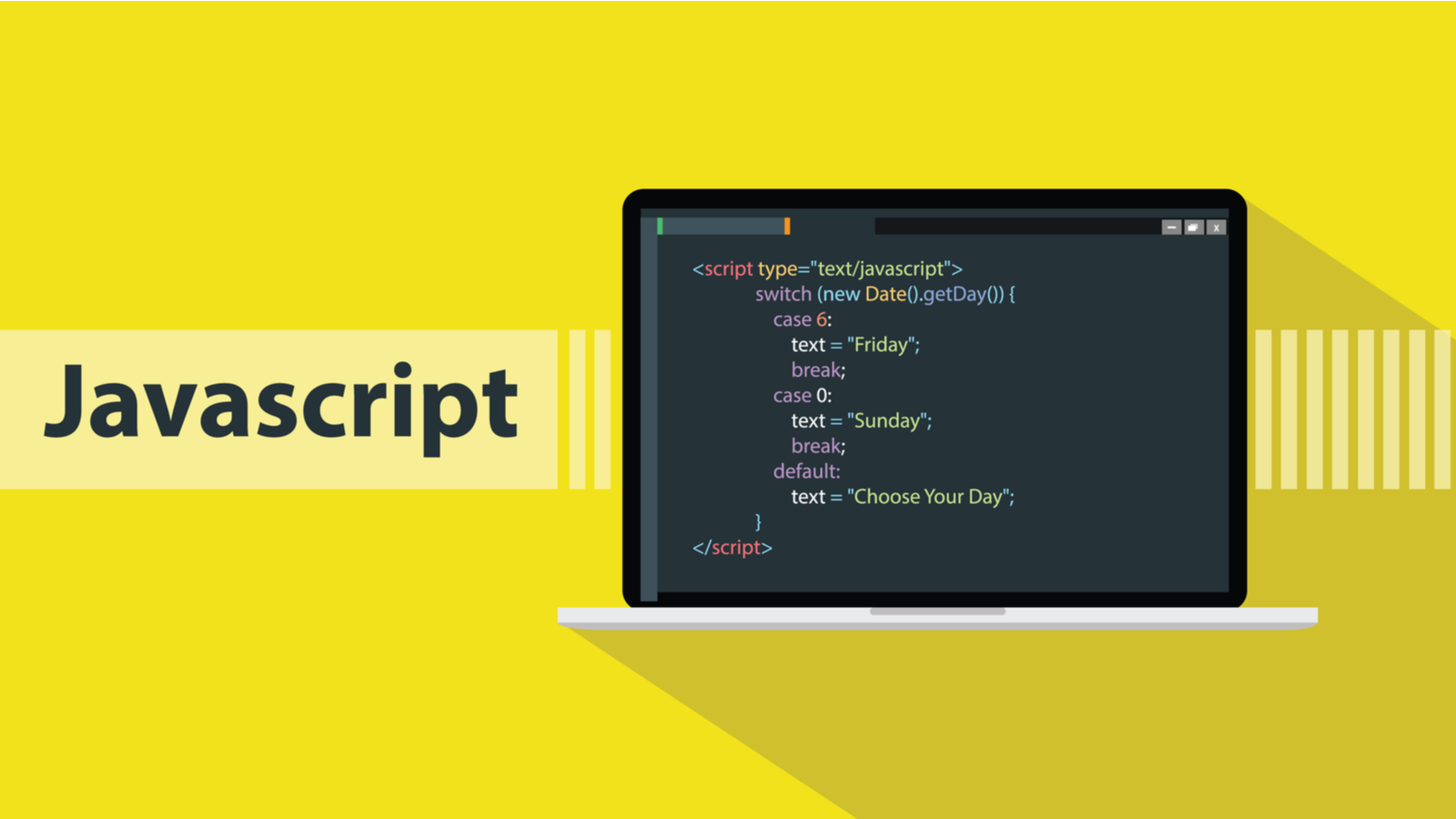734 字
4 分钟
JS中类数组和数组对象比较
类数组对象
:::tip 定义
拥有一个length属性,和若干索引属性的对象
例如:
:::
var array = ['name', 'age', 'sex'];
var arrayLike = {
0: 'name',
1: 'age',
2: 'sex',
length: 3
}
WARNING 既然被称作
类数组对象,肯定和普通数组对象有区别,下面从读写、获取长度和遍历三个方面进行对比
读写
console.log(array[0]); // name
console.log(arrayLike[0]); // name
array[0] = 'new name';
arrayLike[0] = 'new name';
长度
console.log(array.length); // 3
console.log(arrayLike.length); // 3
遍历
for(var i = 0, len = array.length; i < len; i++) {
……
}
for(var i = 0, len = arrayLike.length; i < len; i++) {
……
}
WARNING以上三个方面,类数组和数组似乎没有什么不同,那么类数组对象可以使用数组的方法吗?
arrayLike.push('4'); //error: arrayLike.push is not a function
所以类数组不能直接使用数组的方法
类数组如何调用数组方法
// 既然无法直接调用,我们可以通过call来间接调用
var arrayLike = {0: 'name', 1: 'age', 2: 'sex', length: 3 }
Array.prototype.join.call(arrayLike, '&'); // name&age&sex
// slice可以做到类数组转数组
Array.prototype.slice.call(arrayLike, 0); // ["name", "age", "sex"]
Array.prototype.map.call(arrayLike, function(item){
return item.toUpperCase();
});
// ["NAME", "AGE", "SEX"]
类数组转数组的常用方法
var arrayLike = {0: 'name', 1: 'age', 2: 'sex', length: 3 }
// 1. slice
Array.prototype.slice.call(arrayLike); // ["name", "age", "sex"]
// 2. splice
Array.prototype.splice.call(arrayLike, 0); // ["name", "age", "sex"]
// 3. ES6 Array.from
Array.from(arrayLike); // ["name", "age", "sex"]
// 4. apply
Array.prototype.concat.apply([], arrayLike)
类数组有哪些应用
TIP说到类数组对象,Arguments 对象就是一个类数组对象。在客户端 JavaScript 中,一些 DOM 方法(
document.getElementsByTagName()等)也返回类数组对象。
Arguments对象🏷
:::tip 定义
Arguments 对象只定义在函数体中,包括了函数的参数和其他属性。在函数体中,arguments 指代该函数的 Arguments 对象。
:::
function foo(name, age, sex) {
console.log(arguments);
}
foo('name', 'age', 'sex')
/*
Arguments(3) ['name', 'age', 'sex', callee: ƒ, Symbol(Symbol.iterator): ƒ]
0: "name"
1: "age"
2: "sex"
callee: ƒ foo(name, age, sex)
length: 3
Symbol(Symbol.iterator): ƒ values()
[[Prototype]]: Object
*/
①length属性
TIP表示实参的长度
②callee属性
TIP通过callee可以调用函数自身
讲个闭包使用callee的解决办法:
var data = [];
for (var i = 0; i < 3; i++) {
(data[i] = function () {
console.log(arguments.callee.i)
}).i = i;
}
data[0]();
data[1]();
data[2]();
// 0
// 1
// 2
arguments对象的注意点
①arguments 和对应参数的绑定
WARNING传入的参数,实参和 arguments 的值会共享,当没有传入时,实参与 arguments 值不会共享
除此之外,以上是在非严格模式下,如果是在严格模式下,实参和 arguments 是不会共享的。
function foo(name, age, sex, hobbit) {
console.log(name, arguments[0]); // name name
// 改变形参
name = 'new name';
console.log(name, arguments[0]); // new name new name
// 改变arguments
arguments[1] = 'new age';
console.log(age, arguments[1]); // new age new age
// 测试未传入的是否会绑定
console.log(sex); // undefined
sex = 'new sex';
console.log(sex, arguments[2]); // new sex undefined
arguments[3] = 'new hobbit';
console.log(hobbit, arguments[3]); // undefined new hobbit
}
foo('name', 'age')
②传递参数
// 使用 apply 将 foo 的参数传递给 bar
function foo() {
bar.apply(this, arguments);
}
function bar(a, b, c) {
console.log(a, b, c);
}
foo(1, 2, 3)
③利用...
function func(...arguments) {
console.log(arguments); // [1, 2, 3]
}
func(1, 2, 3);
JS中类数组和数组对象比较
https://blog.oceanh.top/posts/frontend/类数组对象相关/
